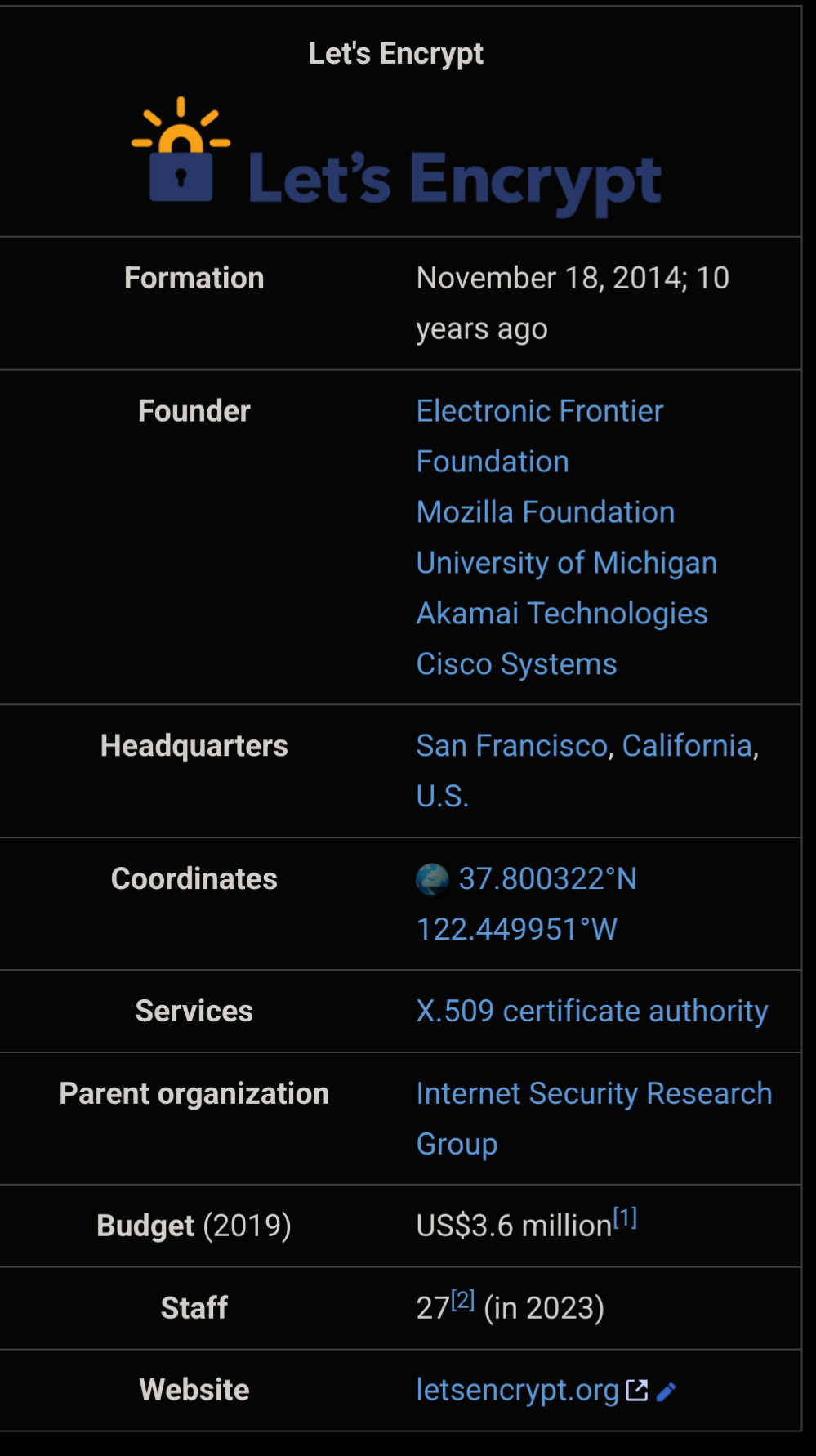Cybersecurity
5697 readers
204 users here now
c/cybersecurity is a community centered on the cybersecurity and information security profession. You can come here to discuss news, post something interesting, or just chat with others.
THE RULES
Instance Rules
- Be respectful. Everyone should feel welcome here.
- No bigotry - including racism, sexism, ableism, homophobia, transphobia, or xenophobia.
- No Ads / Spamming.
- No pornography.
Community Rules
- Idk, keep it semi-professional?
- Nothing illegal. We're all ethical here.
- Rules will be added/redefined as necessary.
If you ask someone to hack your "friends" socials you're just going to get banned so don't do that.
Learn about hacking
Other security-related communities !databreaches@lemmy.zip !netsec@lemmy.world !cybersecurity@lemmy.capebreton.social !securitynews@infosec.pub !netsec@links.hackliberty.org !cybersecurity@infosec.pub !pulse_of_truth@infosec.pub
Notable mention to !cybersecuritymemes@lemmy.world
founded 1 year ago
MODERATORS
1
25
Library of Congress' Email System Compromised for Nine Months by Unknown Hackers
(www.bitdefender.com)
2
3
4
5
6
7
5
Recently disclosed VMware vCenter Server bugs are actively exploited in attacks
(securityaffairs.com)
8
9
10
8
FrostyGoop’s Zoom-In: A Closer Look into the Malware Artifacts, Behaviors and Network Communications
(unit42.paloaltonetworks.com)
11
12
13
14
15
33
Inside Bitdefender Labs’ Investigation of a Malicious Facebook Ad Campaign Targeting Bitwarden Users
(www.bitdefender.com)
16
13
Security Brief: ClickFix Social Engineering Technique Floods Threat Landscape
(www.proofpoint.com)
17
11
Simultaneously resettable zero knowledge protocol in Public Key model
(cybersecurity.springeropen.com)
18
19
41
NSO Group Exploited WhatsApp to Install Pegasus Spyware Even After Meta's Lawsuit
(thehackernews.com)
20
21
22
23
24
25
view more: next ›
